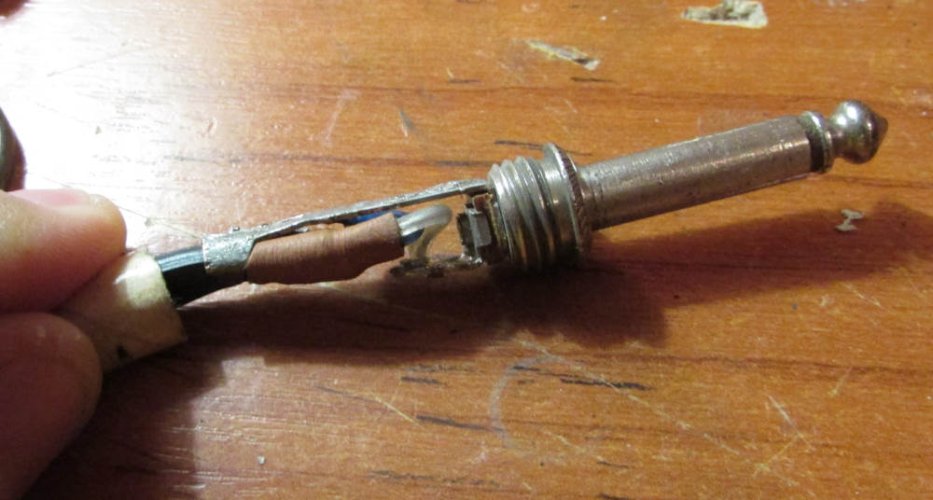Analog gear is popular for a couple reasons. For some, it evokes nostalgia. I still remember going to the local supermarket with my uncle to test TV tubes and buy replacements for our black & white TV. I remember seeing tube testers and tubes stocked in stores. I was born in 1972, so it wasn't that long ago.
Also, tubes have a retro-cool for those born more recently. They're nothing like what you're used to.
What's forgotten is what a pain in the ass electronics used to be. Capacitors used to be wax and paper. They'd melt when they got hot, which would take out tubes and other parts. Electrolytic caps were unreliable, too. Carbon comp resistors are awful, too. Heat them up a little and they start drifting in value. Eventually, they permanently change value. This is why TV and radio repair shops were everywhere, since the crappy old components broke down constantly.
Oddly, tubes have only become truly practical in the past 20 years. Run tubes with modern caps and resistors, and they become much, much more reliable. Solid state rose up with better components, so it has been more reliable. I work on old radios and can tell you how awful the old parts are. There are ways to troubleshoot the defective components, but I gave up on that years ago. I simply gut and replace. Every old part will fail sooner or later, so I replace them all. The good news is that the old stuff perks up and turns great; that never would have happened 50 years ago.
No, I would not have wanted to live 60 years ago. I would not have wanted to continually service my gear because of crappy parts. Also, modern speakers and headphones demolish vintage stuff. Granted, old Klipschhorns, Lowthers and Quads hold up today, but the average speaker was crap. You couldn't get an awesome PSB or Magnepan at a good price back then. Also, CD is a good technology, albeit abused today. Still, a well-recorded CD is damned excellent. Hi-rez digital is even better. Further, modern turntables and cartridges are much better than old ones.
So I'm happy with 2011. My analog gear has highly reliable caps and resistors. My turntable is better than those from 50-60 years ago. 24/96, SACD and DVD-A are incredibly good. And I'll take the HD-800 over anything back then save for the Quad ESL-57.

























